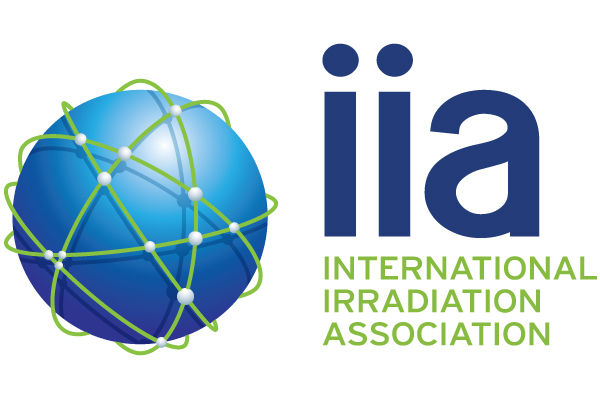Part 2 of 2 Parts (Please read Part 1 first)
Russian Co-60 production in the reactors of the Leningrad nuclear power plant which are closing in 2018 and 2027 is being replace with Co-60 production at new reactors at Kursk and Smolensk. In Canada, the Pickering reactors operated by Ontario Power Generation (OPG) that have produced Co-60 since the 1970s have been scheduled to shut down in 2024. However, life extension to 2025 and refurbishment are now being considered for these reactors. The Darlington reactors also operated by OPG are being refurbished and will be converted to Co-60 production.
Currently, most of the world’s Co-60 is produced in Canada Deuterium Uranium (CANDU) pressurized heavy water reactors and a limited number Reaktor Bolshoy Moshchnosti Kanalnyy (RBMK) light water graphite-moderated reactors. The best opportunity to significantly increase the availability of Co-60 is to develop production in new reactor types.
There are about four hundred and forty commercial nuclear reactors in operation around the globe. More than three hundred of them are pressurized water reactors (PWRs). This has made the PWRs the reactor platform of choice for future Co-60 production. Nordion is the world’s largest manufacturer of Co-60 radiation sources used for sterilization. In February of 2020, Nordion announced that it was partnering with Westinghouse to develop large scale production of Co-60 in PWRs. At the IMRP20 meeting in November of 2022, Westinghouse updated the radiation processing industry on its progress and timeline for this important initiative. Production of Co-60 in PWRs would be highly scalable with the capacity to double existing production volumes form PWRs in the U.S. alone.
Other Co-60 initiatives include the announcement in December of 2021 that Framatome and Exelon Generation will cooperate to understand and develop solutions to produce Co-60 in PWRs operated by Exelon Generation. In June of 2020, Nuclearelectrica Romania announced that its 2020-2025 strategic investment plan includes the study of Co-60 production at tis Cernavoda nuclear power plant. Design and implementation are targeted to be completed by 2027.
The healthcare industry has relied on Co-60 since the 1960s when demand for sterilization began to increase. The technology is now applied globally by an international network of irradiation facilities backed up by a robust regulatory infrastructure. There are alternatives to Co-60 technology for sterilization. However, these alternatives do no have the capacity to meet existing demands or the infrastructure to allow for rapid growth to meet future demand.
The production of Co-60 in nuclear reactors remains critical to healthcare. Steps are underway to increase Co-60 production. Co-60 supply volumes have started to increase but not at the rate of increasing demand. The International Irradiation Association represents the radiation processing industry. It supports all the initiatives that will allow meeting the demand for sterilization of health care products. It also encourages reactor operators to engage with the nuclear industry on Co-60 production. In addition to the provision of clean energy, the production of isotopes in support of health care remains a highly positive contribution of the nuclear industry to societal wellbeing.
Nuclear Reactors 1201 – Rapidly Rising World Demand For Cobalt-60 Is Prompting Producers To Increase Production – Part 2 of 2 Parts

